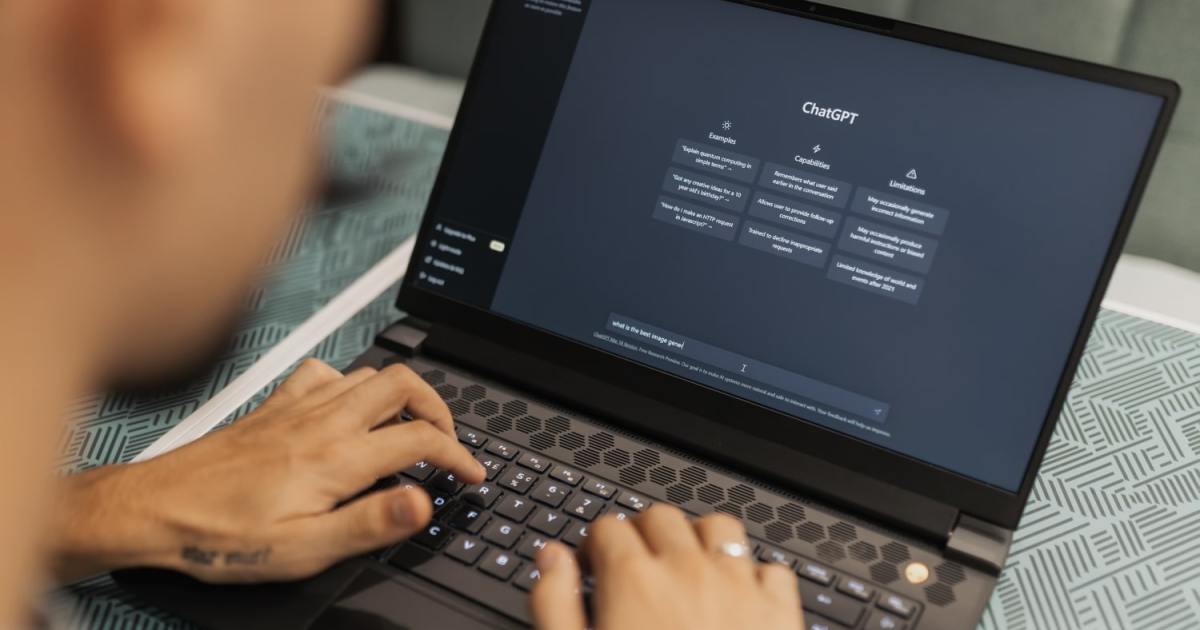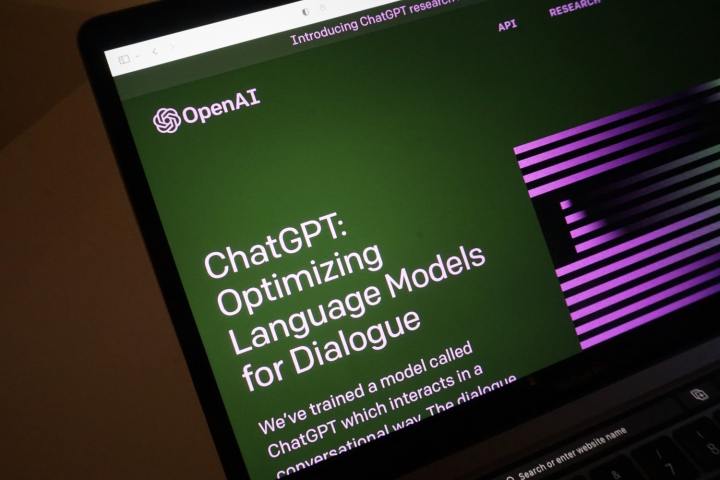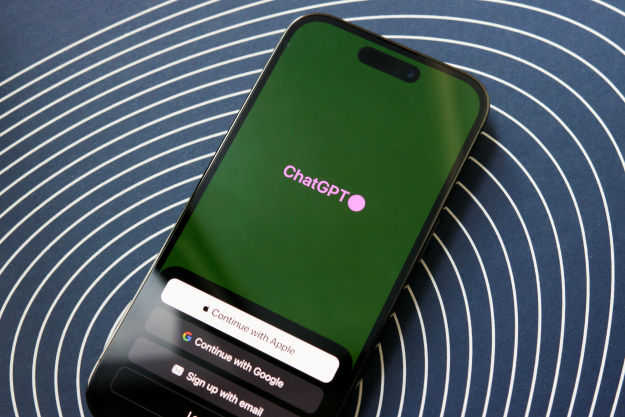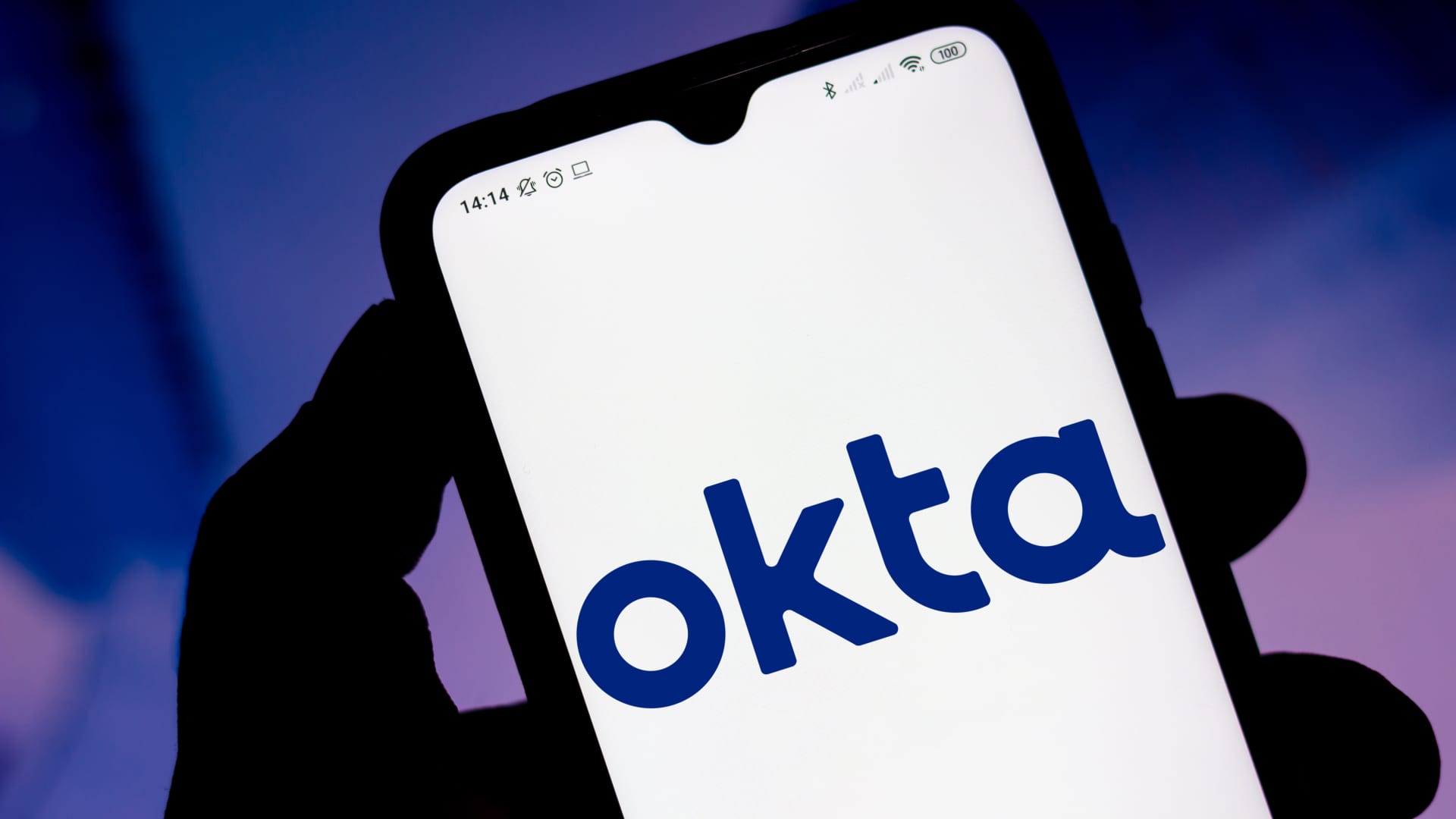GPT-4 Turbo is the biggest update since ChatGPT’s launch
OpenAI has just unveiled the latest update to its language model, dubbed the GPT-4 Turbo. It offers a massive upgrade over the previous version.

 Matheus Bertelli / Pexels
Matheus Bertelli / PexelsOpenAI has just unveiled the latest updates to its large language models (LLM) during its first developer conference, and the most notable improvement is the release of GPT-4 Turbo, which is currently entering preview. GPT-4 Turbo comes as an update to the existing GPT-4, bringing with it a greatly increased context window and access to much newer knowledge. Here’s everything you need to know about GPT-4 Turbo.
OpenAI claims that the AI model will be more powerful while simultaneously being cheaper than its predecessors. Unlike the previous versions, it’s been trained on information dating to April 2023. That’s a hefty update on its own — the latest version maxed out in September 2021. I just tested this myself, and indeed, using GPT-4 allows ChatGPT to draw information from events that happened up until April 2023, so that update is already live.
GPT-4 Turbo has a significantly larger context window than the previous versions. This is essentially what GPT-4 Turbo takes into consideration before it generates any text in reply. To that end, it now has a 128,000-token (this is the unit of text or code that LLMs read) context window, which, as OpenAI reveals in its blog post, is the equivalent of around 300 pages of text.
That’s an entire novel that you could potentially feed to ChatGPT over the course of a single conversation, and a much greater context window than the previous versions had (8,000 and 32,000 tokens).
Context windows are important for LLMs because they help them stay on topic. If you interact with large language models, you’ll find that they may go off topic if the conversation goes on for too long. This can produce some pretty unhinged and unnerving responses, such as that time when Bing Chat told us that it wanted to be human. GPT-4 Turbo, if all goes well, should keep the insanity at bay for a much longer time than the current model.
GPT-4 Turbo is also going to be cheaper to run for developers, with the cost reduced to $0.01 per 1,000 input tokens, which rounds up to roughly 750 words, while outputs will cost $0.03 per 1,000 tokens. OpenAI estimates that this new version is three times cheaper than the ones that came before it.
The company also says that GPT-4 Turbo does a better job of following instructions carefully, and can be told to use the coding language of choice to produce results, such as XML or JSON. GPT-4 Turbo will also support images and text-to-speech, and it still offers DALL-E 3 integration.
 Rolf van Root / Unsplash
Rolf van Root / UnsplashThis wasn’t the only big reveal for OpenAI, which also introduced GPTs, custom versions of ChatGPT that anyone can make for their own specific purpose with no knowledge of coding. These GPTs can be made for personal or company use, but can also be distributed to others. OpenAI says that GPTs are available today for ChatGPT Plus subscribers and enterprise users.
Lastly, in light of constant copyright concerns, OpenAI joins Google and Microsoft in saying that it will take legal responsibility if its customers are sued for copyright infringement.
With the enormous context window, the new copyright shield, and an improved ability to follow instructions, GPT-4 Turbo might turn out to be both a blessing and a curse. ChatGPT is fairly good at not doing things it shouldn’t do, but even still, it has a dark side. This new version, while infinitely more capable, may also come with the same drawbacks as other LLMs, except this time, it’ll be on steroids.
Editors' Recommendations
Boston Dynamics uses ChatGPT to create a robot tour guide Bing Chat just beat a security check to stop hackers and spammers This powerful ChatGPT feature is back from the dead — with a few key changes Most people distrust AI and want regulation, says new survey Meta is reportedly working on a GPT-4 rival, and it could have dire consequencesMonica is a UK-based freelance writer and self-proclaimed geek. A firm believer in the "PC building is just like expensive…
GPT-4: how to use the AI chatbot that puts ChatGPT to shame
People were in awe when ChatGPT came out, impressed by its natural language abilities as an AI chatbot. But when the highly anticipated GPT-4 large language model came out, it blew the lid off what we thought was possible with AI, with some calling it the early glimpses of AGI (artificial general intelligence).
The creator of the model, OpenAI, calls it the company's "most advanced system, producing safer and more useful responses." Here's everything you need to know about it, including how to use it and what it can do.
What is GPT-4?
GPT-4 is a new language model created by OpenAI that can generate text that is similar to human speech. It advances the technology used by ChatGPT, which is currently based on GPT-3.5. GPT is the acronym for Generative Pre-trained Transformer, a deep learning technology that uses artificial neural networks to write like a human.
Zoom adds ChatGPT to help you catch up on missed calls
The Zoom video-calling app has just added its own “AI Companion” assistant that integrates artificial intelligence (AI) and large language models (LLMs) from ChatGPT maker OpenAI and Facebook owner Meta. The tool is designed to help you catch up on meetings you missed and devise quick responses to chat messages.
Zoom’s developer says the AI Companion “empowers individuals by helping them be more productive, connect and collaborate with teammates, and improve their skills.”
ChatGPT is violating your privacy, says major GDPR complaint
Ever since the first generative artificial intelligence (AI) tools exploded onto the tech scene, there have been questions over where they’re getting their data and whether they’re harvesting your private data to train their products. Now, ChatGPT maker OpenAI could be in hot water for exactly these reasons.
According to TechCrunch, a complaint has been filed with the Polish Office for Personal Data Protection alleging that ChatGPT violates a large number of rules found in the European Union’s General Data Protection Regulation (GDPR). It suggests that OpenAI’s tool has been scooping up user data in all sorts of questionable ways.

 BigThink
BigThink 




































